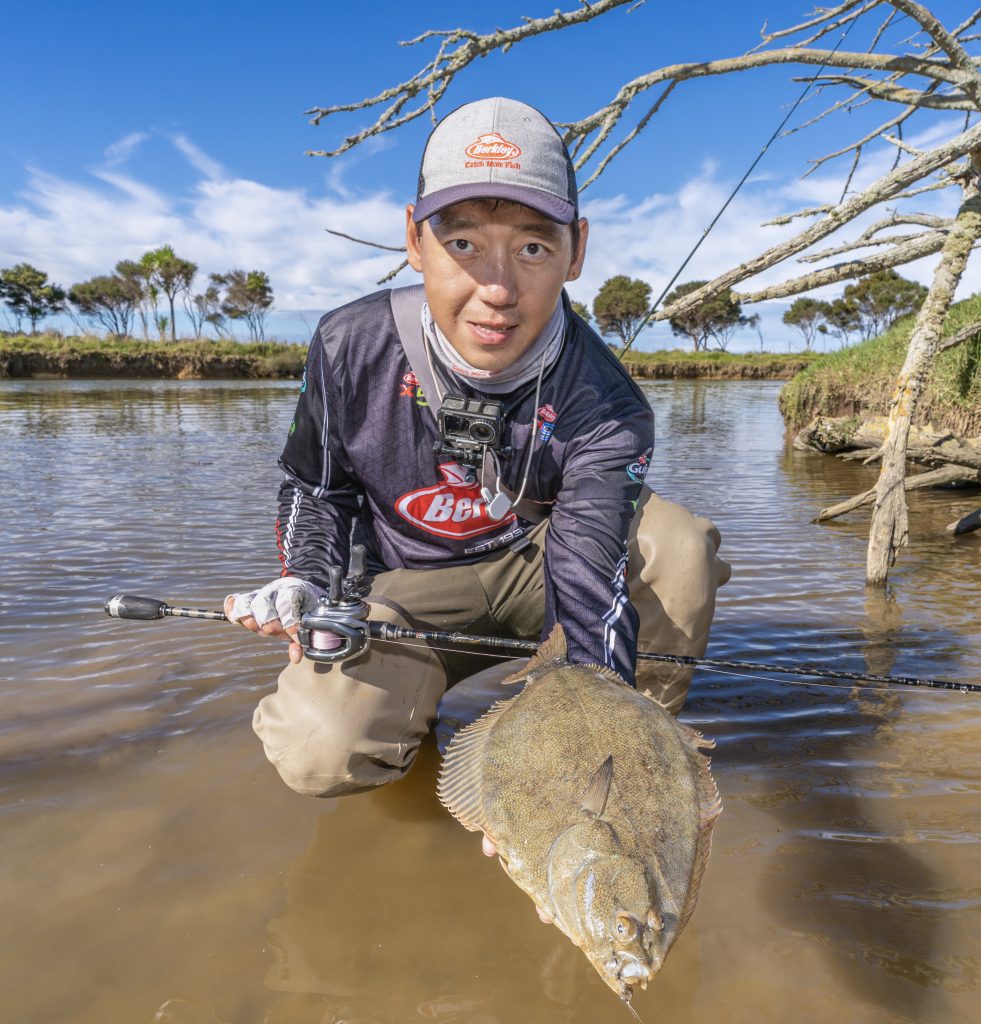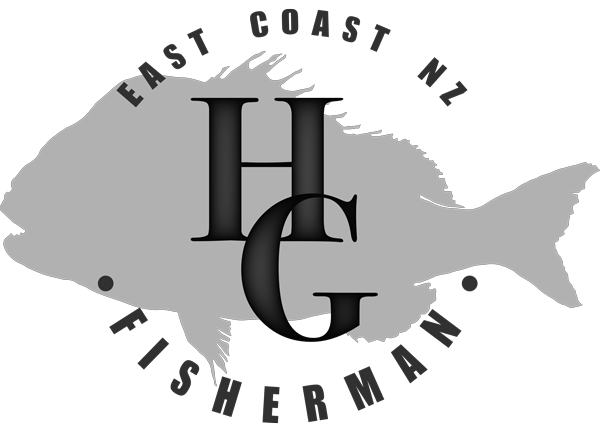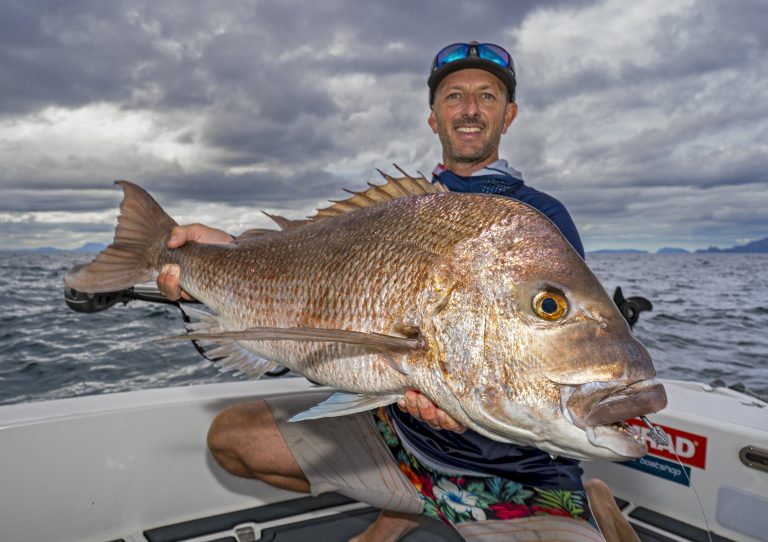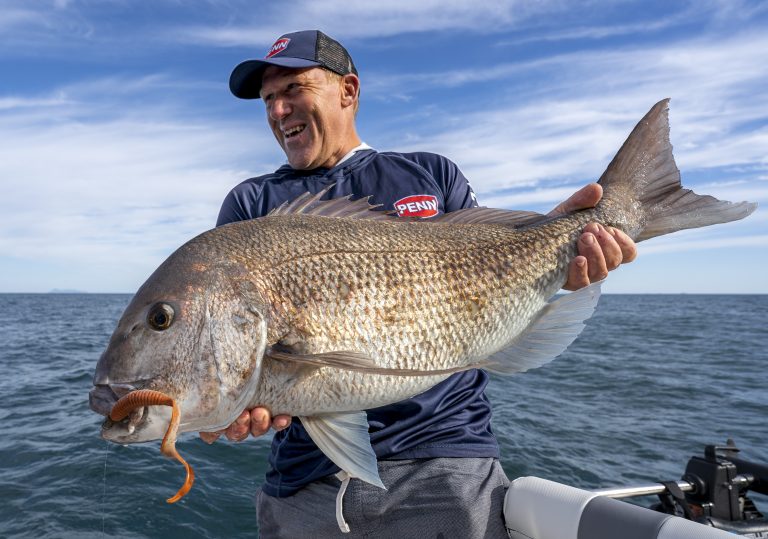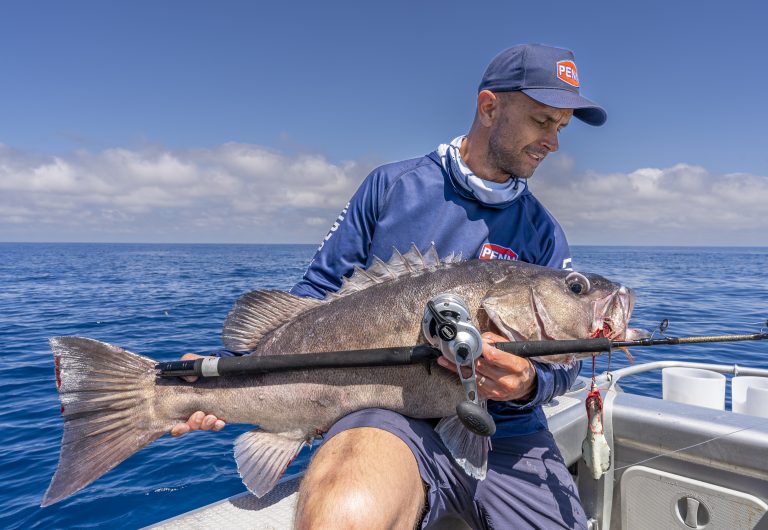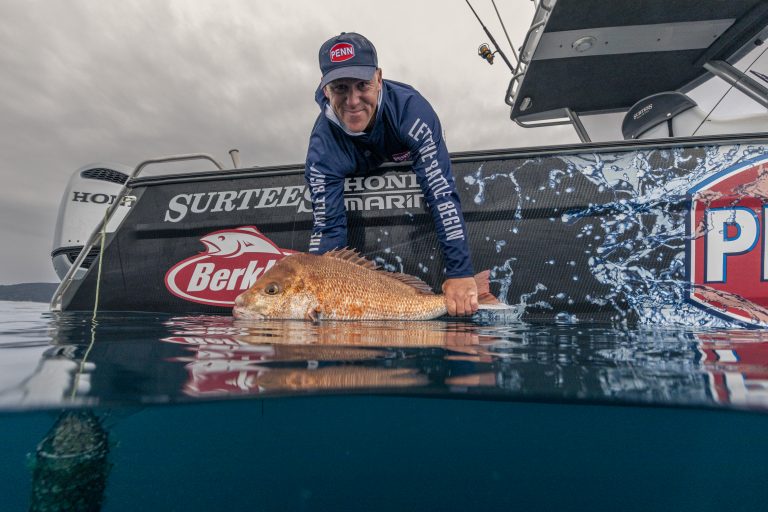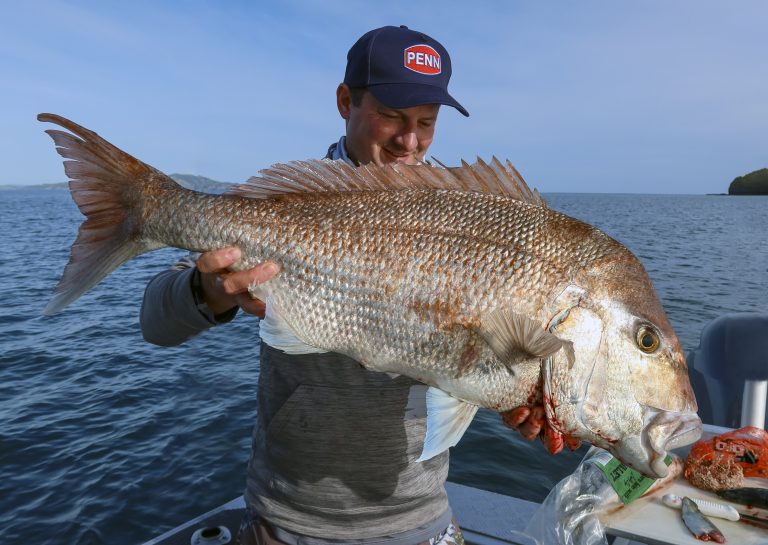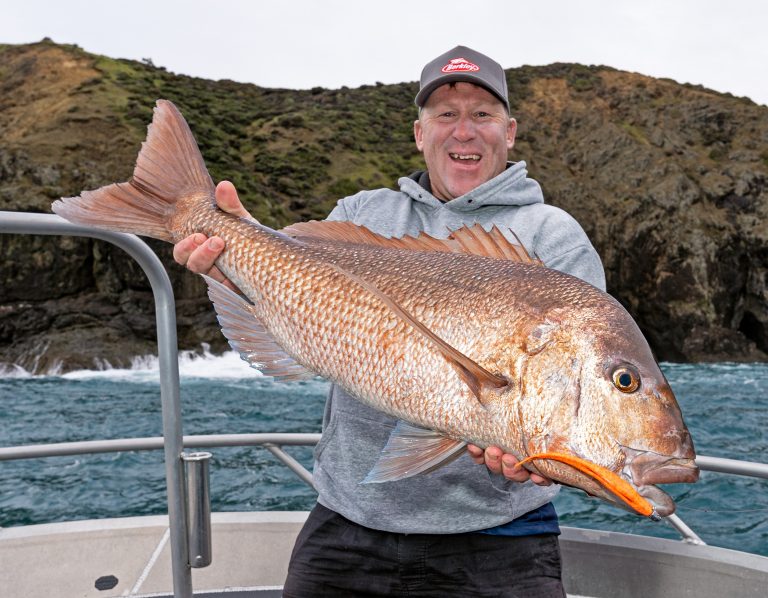This trip was well overdue; with a summer of solid easterlies and border restrictions, available fishing days had been less than we would usually enjoy. However, the strong winds have diminished now, and we are back into some periods of settled weather.
With all things in life, if you surround yourself with people that are better at something than you, you naturally learn and lift yourself to their skill level. Flounder fishing takes a level of stealth, skill and the right gear and Albert Lyu is about as good as fishing ultra-light tackle and tiny lures for coastal species. His catch record of snapper, kingfish, kahawai, trevally, and flounder out of small harbours and estuaries is formidable.
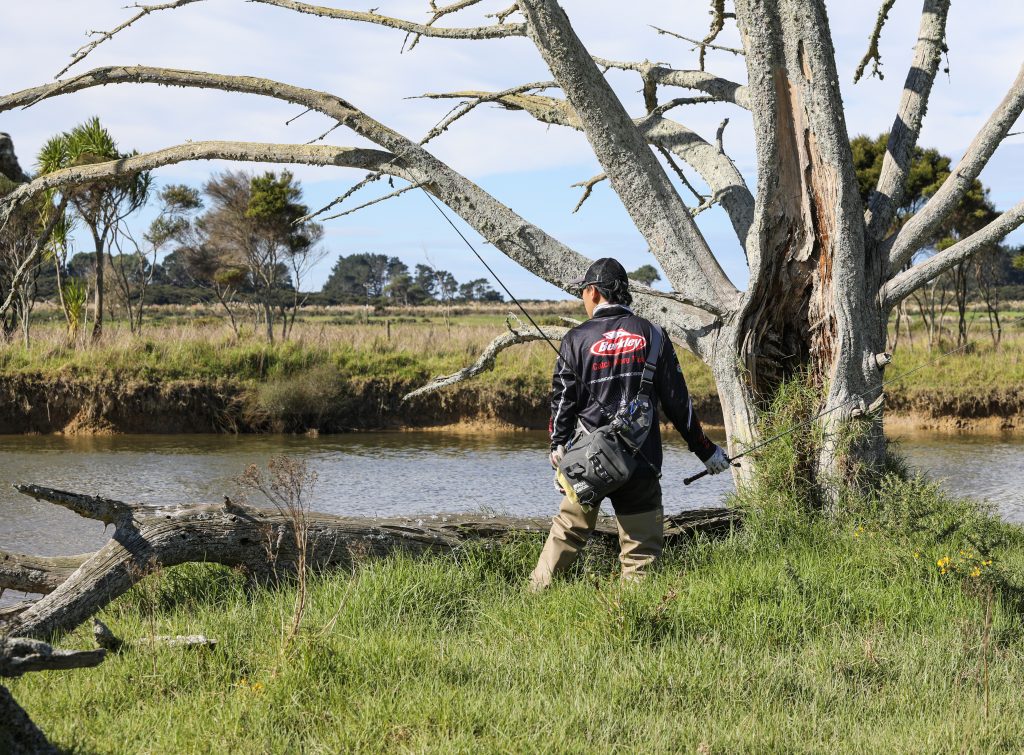
After a brilliant morning with zero wind and a leisurely drive to meet Albert, the wind had got up to 15-20 knots upon arrival at the grounds. We usually always hit flounder with low winds, with sight casting being the method of choice and stalking the riverbanks waiting to spot a flounder and then putting a cast in its vicinity. Flounder have magnificent eyesight; they can easily spot you from 10 metres – especially if you are approaching from a height level like we are on a riverbank.
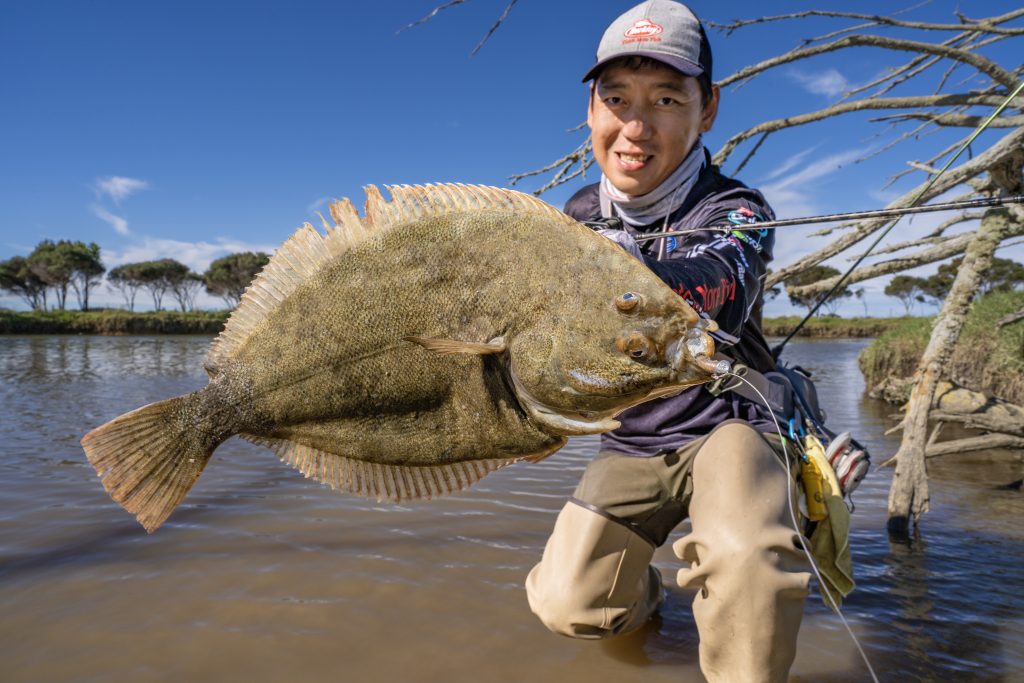
With murky water, only visible for a metre from the riverbank, spotting flounder was difficult, and in the process of searching for them, we spooked five fish. All evidenced by an explosion of sand and bubbly water where a flounder had once been sitting. We then switched to blind casting and, in a short half-hour period, had secured two fish.
Date fishing – 28/3/22
High Tide – 5 pm
Started fishing – 2:15pm
Flounder sighted – 5
Flounder spooled – 5
Blind cast/caught – 2
Kept 1 fish – 40cm
Released 1 fish – 29cm
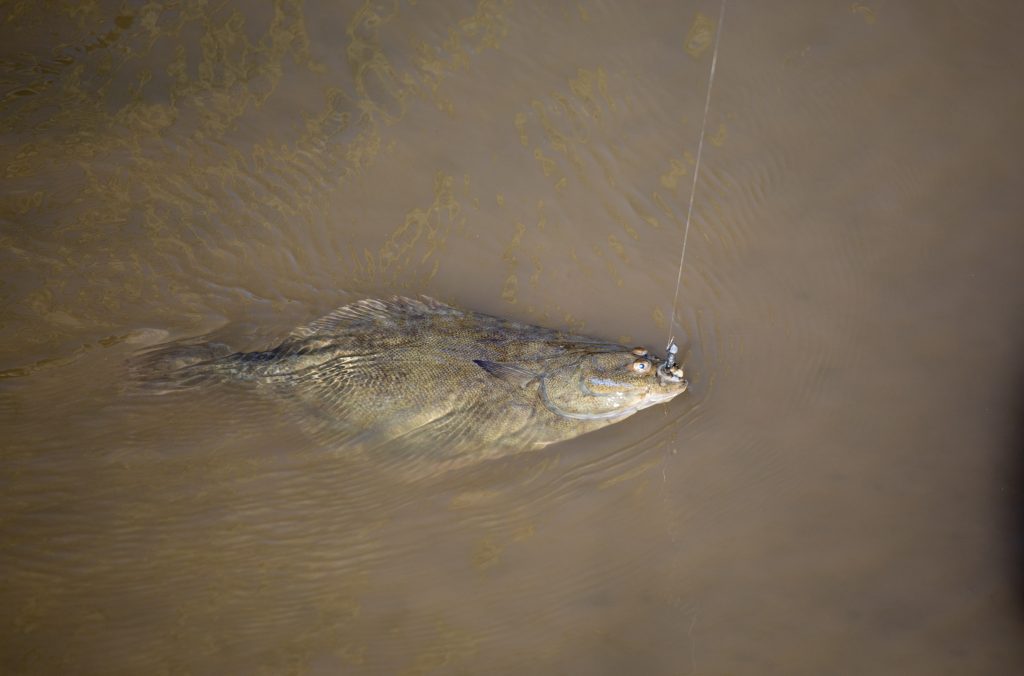
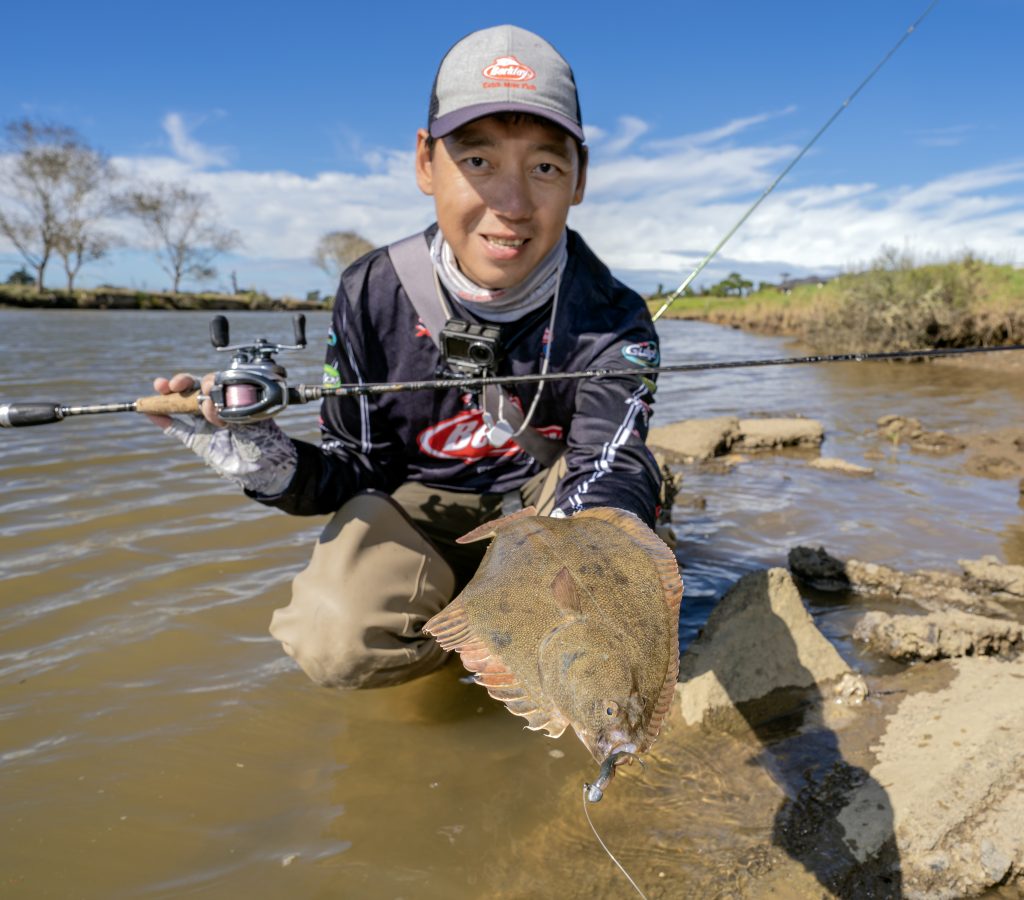
Lessons learnt – sight casting and stalking are brutal in high wind situations, with too many ripples on the water. The fish see you before you can spot them. By contrast, the blind casting was far more productive than usual.
I believe that flounder that would typically sit deeper in the river and out of sight are buoyed into shallower water – to feed on crabs – by the cover of the murky water and do not need to worry about an attack from shags.
If it’s hard pulling fish you crave, then flounder is probably not for you. But if you want to try something a little different, with a higher-than-average skill level to catch – then sight casting for flounder is well worth investigating. Spectacular eating and they make for incredible photos as well.
